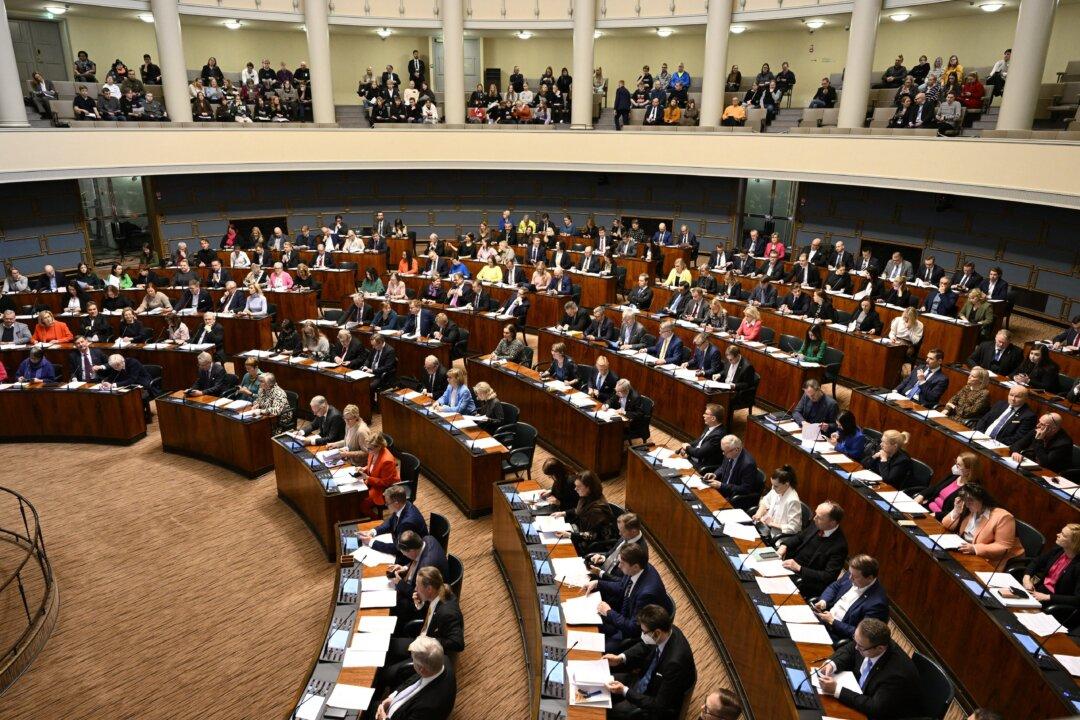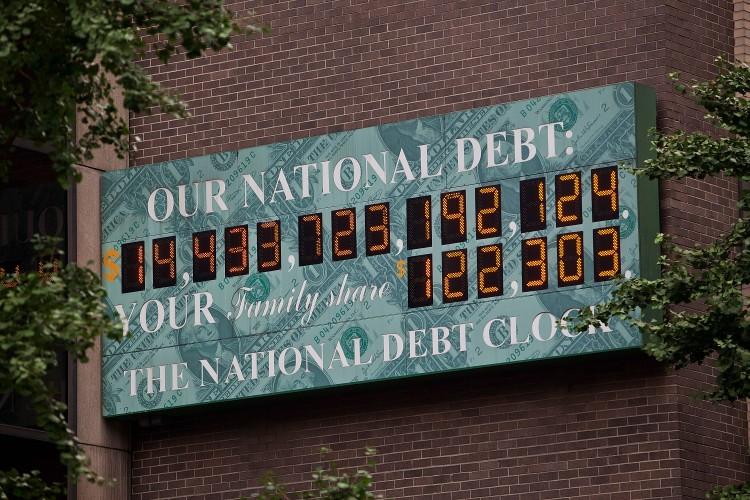Commentary
In his recent speech in Warsaw, U.S. President Joe Biden stated that one of the consequences of Russia’s recent actions in Ukraine was that neighboring Finland applied to join the North Atlantic Treaty Organization, or NATO. Now this has become a reality, after the Finnish parliament voted in favor of NATO membership with an overwhelming majority of 184 to 7.





